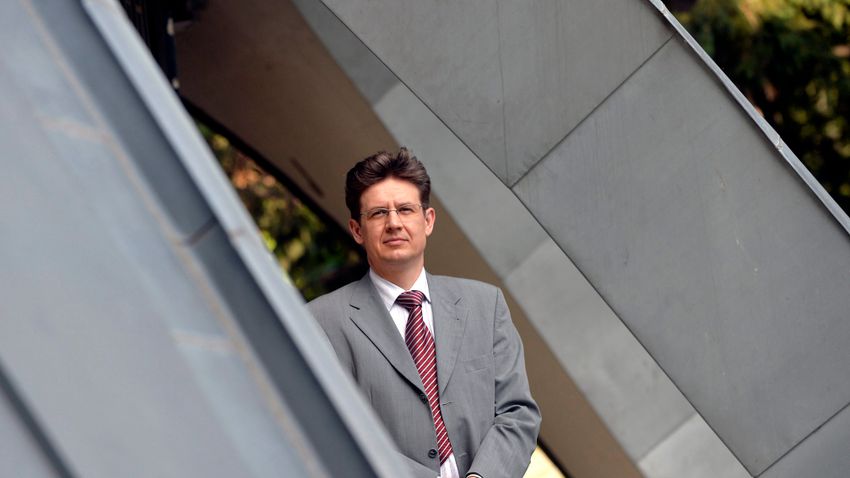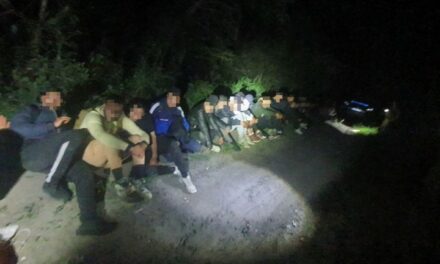The Paks II project will be realized by the time when the old reactors have to shut down, according to Attila Aszódi, professor at the Institute of Nuclear Technology of the Budapest University of Technology and Economics.
The nuclear energy specialist responsible for the capacity maintenance project of the Paks nuclear power plant as a government commissioner, among others, told the Magyar Nemzet that: at the time, the project was planned taking into account possible factors delaying the investment, so that the two new units could definitely be ready by the time the old units had a fifty-year operating life. expires, but at the same time the four old and the two new blocks can operate in parallel for several years.
waited in a "stand still" state for 16 months , while the European Commission investigated whether the financing included state aid. The investigation was completed in March 2017, and the project received the green light from the board.
After that, the submission of the most important of the permits, the request decided at the end of the 12+3 months assessment period available to it that for the further evaluation of the documentation, and the permit holder Paks II. Zrt. needs to submit additional documents and information from the designer. According to the current situation, if no further obstacles arise, the two new blocks can start commercial operation in 2029 and 2030. Attila Asódi emphasized that the country has a great need to maintain the basic power plant production capacity, without which we would be in big trouble.
The nuclear energy expert also talked about the extent to which Hungary can become self-sufficient in the production of electricity.
- Currently, we still import more than thirty percent of electricity annually, and our model calculations performed at the BME show that the power plant capacities laid out in the National Energy Strategy and planned for 2030 and 2040 will not be sufficient for us to be self-sufficient. From this point of view, we are the most vulnerable in Europe, he underlined.
- Every state plans its electricity system in such a way that it has at least enough production capacity to be able to produce the required amount of electricity, even if the current market situation sometimes means that imports are more affordable. The Hungarian system is currently not like this, and the future, official power plant portfolio scenarios do not include a capacity that would enable Hungary to be self-sufficient every hour of the year. This means a large import exposure for our country. The energy strategy counts on a large number of solar power plants, with 12,000 MW by 2040, which is significantly higher than the peak demand of the system, except that this capacity is not always available. Calculations show that in 2040 the 2,400 MW of Paks II and 12,000 MW of solar power plant capacity will not be sufficient, if we do not integrate additional carbon-neutral generators into the system, we will not be able to fulfill our climate protection commitments, and the year will certainly periods of time, the continuity of care may also be at risk - explained Attila Asódi.
At this point, it is worth recalling the opinions according to which it is not even necessary to set up for complete self-sufficiency, since there is always importable electricity on the market, and in many cases it is more economical to buy electricity than to produce it at home, therefore a certain amount of imports can be considered healthy.
Yes, but even today we are witnessing a significant market transformation, natural gas prices have more than doubled, and electricity prices on the spot market are four times their previous value. Think about it, if coal-based production is really phased out in most European countries, there will simply be a lack of capacity. The energy strategy of most countries is based on a faulty calculation; surprisingly, they do not take into account the huge fluctuations in the availability of renewables - said Asódi based on the results of their detailed analysis and model calculations made at the university.
- We often hear the argument that the export-import exchange will solve the imbalances - if the sun doesn't shine here, it will elsewhere - but in practice it simply doesn't work that way. Our calculations at the European level show that there are many periods when the European electricity system cannot meet the needs of consumers, despite the fact that there are enormous excess capacities, especially during the day in spring and summer. But there is not enough production at night and in winter - the expert pointed out typical energy strategy calculation errors.
Magyar Nemzet also asked Attila Aszódi about the amendment of the taxonomy decree presented by the European Commission ,
- I am very happy that natural gas and nuclear energy will not be forced out of the market due to the expected amendment of the taxonomy decree, this is a terribly important development, but there are still further technical, energy political and economic tasks to be done, without which the proper functioning of the electricity supply is not ensured . A new development is the establishment of a system for ranking energy investments. Ten years ago, there was no question of financing energy projects being impossible.
In the matter of taxonomy, what happened was that they tried to make nuclear energy impossible from the point of view of financing, but there are enough sane politicians in Europe who understand that this should not be done, because then we would be in trouble.
You can read the entire Magyar Nemzet article
Author: Orsolya Somogyi
Photo: Zoltán Máthé/MTI












